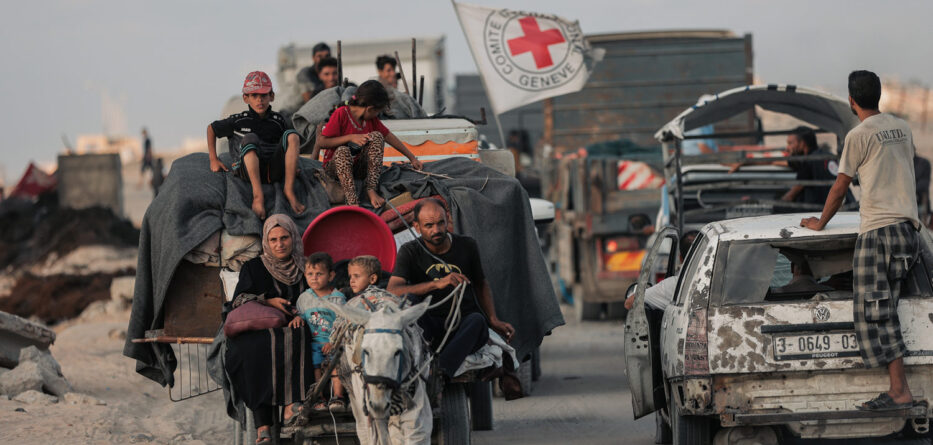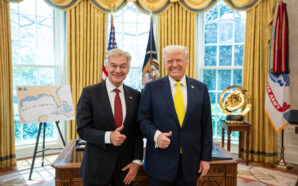The images were dazzling and moving: the last 20 surviving Israeli hostages were freed by Hamas, and in response, Israel released nearly 2,000 Palestinian prisoners.
Almost simultaneously, the “first phase” of a peace plan brokered by the United States, Egypt, Qatar, and Turkey was signed, intended to end one of the most vicious conflicts in the Middle East in recent years.
It was undoubtedly a diplomatic and geopolitical success for President Donald Trump. He received the unprecedented distinction of speaking before the Knesset, Israel’s unicameral parliament, but his most coveted goal is the Nobel Peace Prize next year.
Yet, as the euphoria of reunited families and the calm of a ceasefire settle in the region, a sobering prospect remains: this is for now a pause, not a peace.
It is a transaction that addresses immediate humanitarian needs and an urgent political crisis, but it leaves the monumental questions of the conflict dangerously unresolved.
But if we look beyond the headlines, the structural cracks in this agreement begin to show.
The current settlement is merely Phase One of a broader, ambitious 20-point plan. The “easy” part is done. The hard part, the core issues, remain. The most important questions loom over the future of Gaza.
The disarmament of Hamas: Israeli Prime Minister Benjamin Netanyahu has promised that Gaza will be demilitarized, a precondition the government is unlikely to negotiate. Hamas, for its part, is the Islamic Resistance Movement and sees its weapons as its sole lever and reason for existence.
Gaza Governance: The plan envisions a “Peace Board” led by Trump and, if accepted by the parties, by former British Prime Minister Tony Blair. In addition, an International Stabilization Force—composed of Arab and Muslim troops, as well as 200 US soldiers—has been proposed, but details are lacking.
The Political Horizon: Hamas has stated that it sees the agreement as an “end of the war” and a step toward “self-determination.” Israel, however, has only approved the hostage/prisoner exchange scheme, notably avoiding any mention of a path to a Palestinian state or a permanent end to hostilities.
It is obvious that, for peace to be lasting, and not just a prolonged truce, the political aspirations of millions of Palestinians can no longer be ignored.
For now, we must welcome the relief and celebrate the lives saved. But for peace to be “strong, lasting, and eternal,” it must be built on more than a temporary exchange of captives and a wave of aid.
It requires both sides to confront their most painful red lines and for the international community to hold them accountable for a vision that goes beyond an immediate cessation of violence and moves toward a legitimate political future for all.
The pause has begun. The real and agonizing work of building peace cannot be put off for another day.





